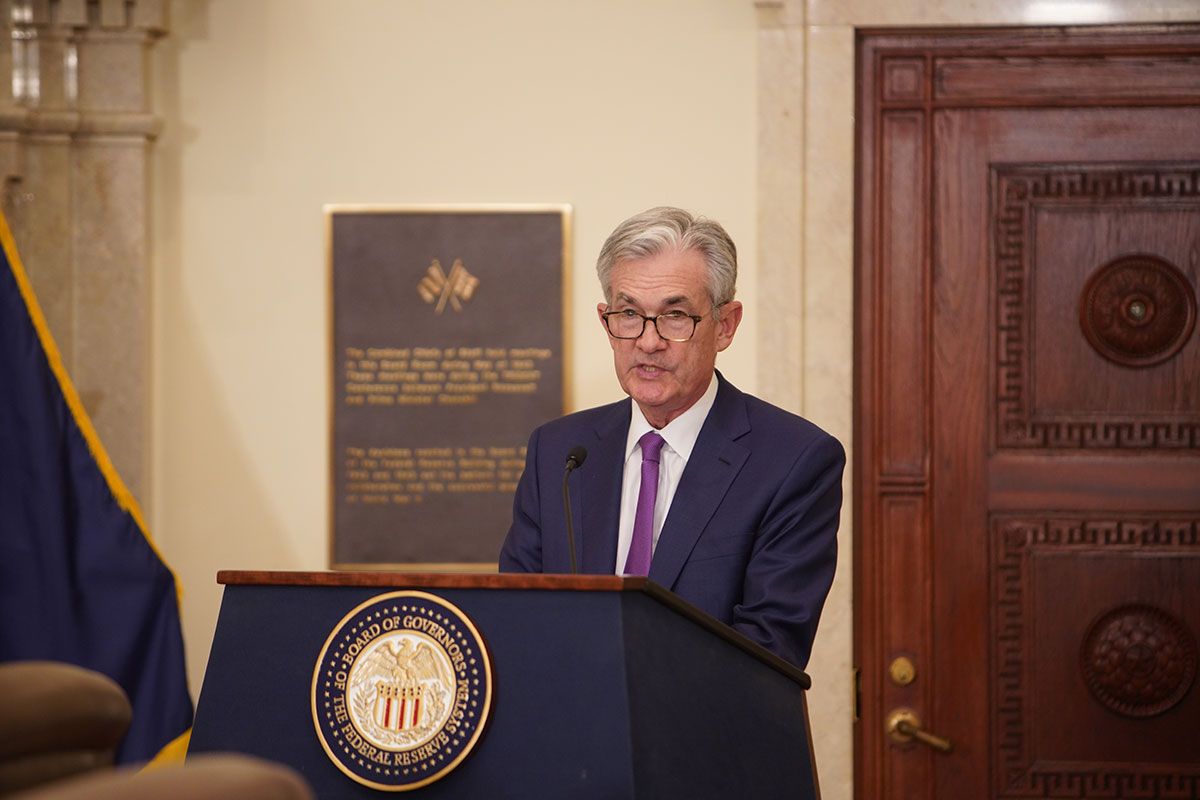US, UK, Japan central bank governors name immigration as economic boost

The Bank of Japan, European Central Bank, and Bank of England have now all publicly agreed that without a massive wave of immigration, their economies won’t survive the next two decades.
Speaking at the Federal Reserve’s annual Jackson Hole gathering in Wyoming, the three central bank governors (Kazuo Ueda, Christine Lagarde, and Andrew Bailey) delivered back-to-back warnings that aging populations and low birth rates are wrecking labor markets in Japan, Europe, and the UK.
According to remarks reported by the Financial Times, the problem is not looming anymore. It’s already here. Kazuo Ueda told the conference that Japan’s labor shortage is no longer just a red flag, calling it “one of the country’s most pressing” economic threats.
With over 28% of Japan’s population already aged 65 or older, the country is facing a severe productivity drain. Ueda pointed out that foreign workers currently make up only 3% of the country’s labor force, but astonishingly, “they have been responsible for half of the recent rise in labor force growth.”
He admitted that expanding immigration further would “surely require a broader discussion,” but didn’t deny it’s the only solution Japan has left.
Lagarde links foreign workers to eurozone’s labor recovery
Christine Lagarde made clear that Europe is headed for a people problem. By 2040, she said, the eurozone could lose 3.4 million working-age residents if current population trends continue.
Europe’s birth rates remain historically low, while life expectancy keeps rising. That has pushed up the dependency ratio, meaning fewer people are working while more are aging out of the system.
Lagarde credited foreign workers for helping stabilize the eurozone labor market post-pandemic. She explained that while older workers helped, “even more” of the recovery came from immigration.
In 2022, foreign workers made up just 9% of the euro area’s labor force, but again, they drove 50% of labor force growth over the past three years.
“Without this contribution,” she said, “labor market conditions could be tighter and output lower.” She didn’t mention any direct migration policy moves, but the point was clear: growth depends on foreign labor.
Bailey calls UK’s workforce crisis ‘acute’ and worsening
Andrew Bailey called out the UK’s problem with blunt numbers. He said that by 2040, 40% of the UK’s population will be older than the standard working age range of 16 to 64.
Bailey also flagged another layer of crisis; workforce participation. He pointed to a sharp drop in the number of young people working and a significant rise in those classified as “long-term sick.” He suggested those two trends “might be intertwined.”
Bailey said the Bank of England is now more focused on tracking inactivity rather than just unemployment. He said labor participation data is “harder to measure” but matters more now than ever.
“Mental health,” he added, “was the most common reason” behind this new wave of workforce dropouts. He described that as “a very concerning development.” Bailey also pointed out that while more older women are staying in the workforce longer, older men are not showing the same trend.
Despite rising political pushback and growing populist backlash in all three regions, the central banks made no attempt to tiptoe around the issue. Without a major increase in immigration, all three countries face shrinking labor pools, rising wages, and higher inflation.
Central bankers argued that wage pressures from widespread labor shortages will make it harder to bring inflation down, regardless of interest rate levels.
Each speaker focused on the same cold reality: the labor shortage is structural. None of the three nations have enough young people entering the workforce to offset retirees, and no amount of central bank policy can generate humans out of thin air.
Want your project in front of crypto’s top minds? Feature it in our next industry report, where data meets impact.





